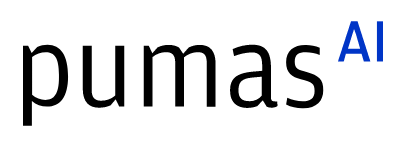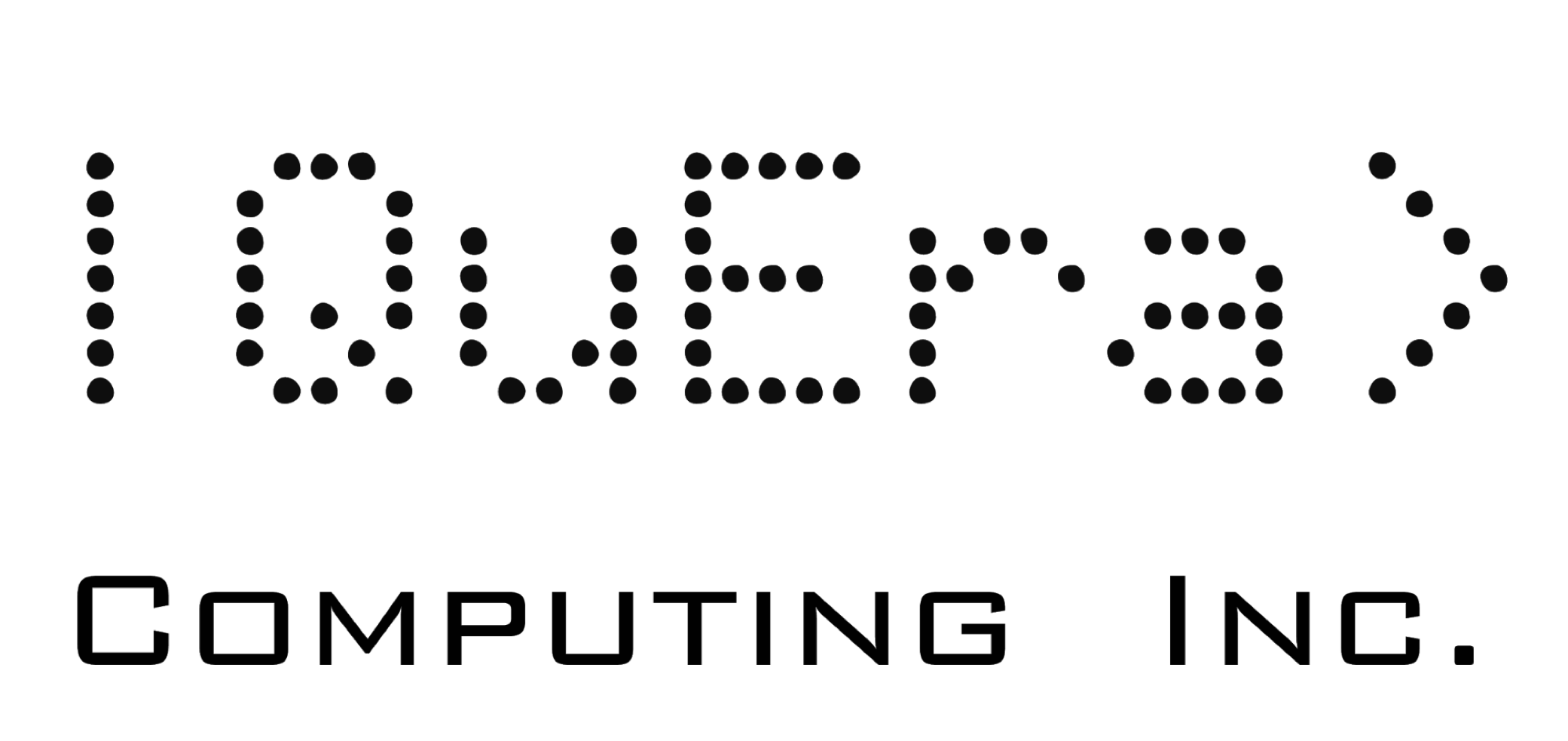Real-Time, I/O, and Multitasking: Julia for Medical Imaging
Abstract:
In this talk, we show how to use Julia to build the system software for a medical imaging device. Such a device is a distributed system that has to coordinate the handling of real-time signals and asynchronous tasks. The talk will highlight the key parts and design patterns of our software stack. We show how we used a variety of Julia features to implement the control logic of the entire imaging device and the coordination and communication with the large number of sub-devices it controls.
Description:
Medical imaging devices are complex distributed systems that can feature a large variety of different parts from power amplifiers and circuitry for safety and control to robots, motors and pumps to signal generation and acquisition units. During measurements all these heterogeneous devices need to be coordinated to produce the data from which a tomographic image can be reconstructed. A central part of a measurement is the synchronous multi-channel acquisition and generation of signals. Contrary to other parts of the measurement process, hard real-time requirements typically apply here.
In this talk, we showcase a Julia software stack for the new tomographic imaging modality Magnetic Particle Imaging (MPI). Our software stack is composed of the MPIMeasurements.jl package and a Julia client library from the RedPitayaDAQServer project. The resulting system is a framework that allows us to load different device combinations from configuration files and and perform different measurements with them. In particular, the talk will outline two of the main challenges we faced during development and how they have been resolved using several of Julia's features.
The first challenge is the coordination of a varying number of heterogenous devices in a maintainable and extendable manner. This is especially important for MPI, as a very common approach to image reconstruction requires a very time-intensive calibration process, where a quick and intertwined coordination of devices could save hours of invaluable scan time. Julia tasks and multi-threading with threads dedicated to specific tasks allowed us implement a very flexible architecture for managing all the devices.
The second challenge is the configuration of a cluster of data acquisition boards and the transmission of real-time signals from this cluster. The cluster is realized using the low-cost RedPitaya STEMlab hardware and open-source software components provided in our RedPitayaDAQServer project, which include a Julia client library. To achieve real-time signal transmission, the Julia client needs to communicate with the servers running on each data acquisition board of the homogenous cluster and maintain consistent high network performance to ensure that no data loss occurs. Our solutions here involve Julia tasks, channels, metaprogramming and multiple-dispatch to implement an interface to our data acquisition boards that allows for batch execution of commands and high performance continuous data transmission.
Core packages being presented: • https://github.com/MagneticParticleImaging/MPIMeasurements.jl • https://github.com/tknopp/RedPitayaDAQServer
Platinum sponsors



Gold sponsors


Silver sponsors








Media partners



Community partners


Fiscal Sponsor
